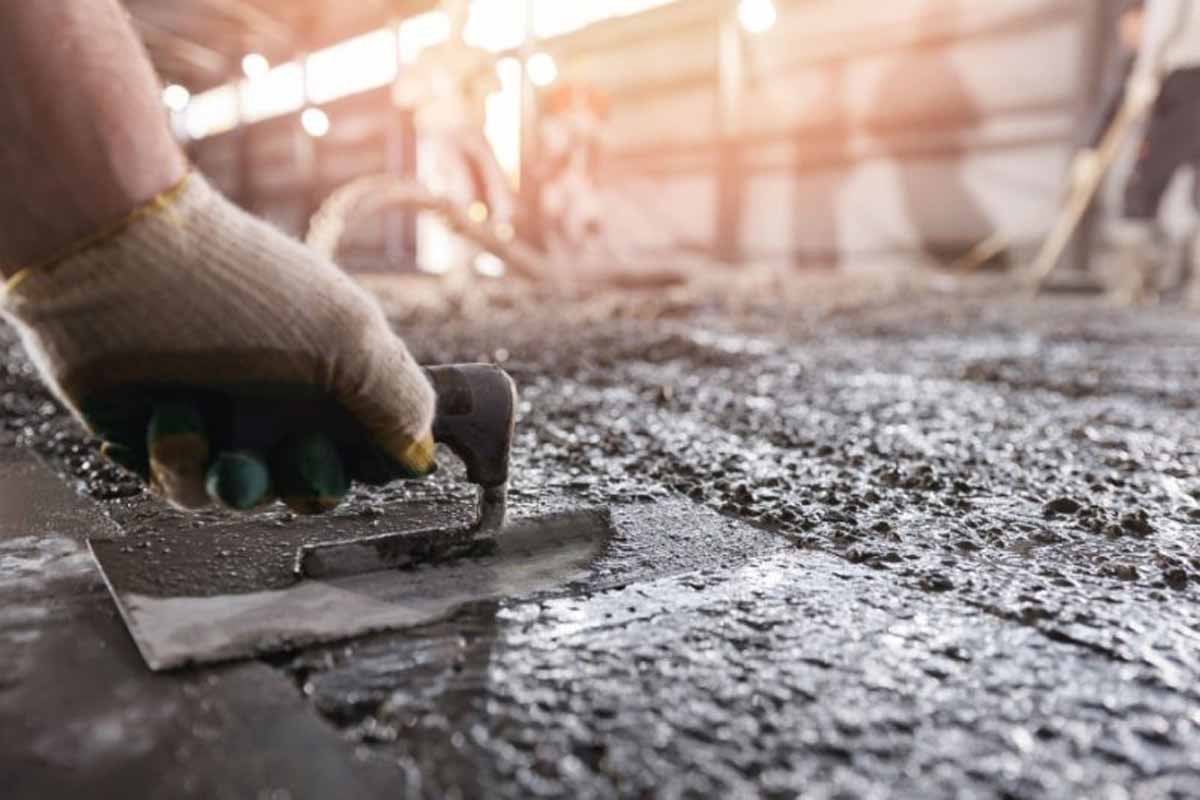Meet living cement, a material that blurs the line between structure and power source. It doesn’t just hold up your home. It hums with tiny life and a quiet spark. Think walls that store a charge the way your phone hoards a last percent. It feels like tomorrow sneaking into today.
Living cement
So what are we really talking about? Picture a slab that looks like ordinary mix and gravel. Inside, a community of microbes passes electrons along like a relay team. The material becomes its own low-key generator. Not a noisy box on the roof. A quiet battery that happens to be your wall. That idea sounds wild until you hold the first dim LED it lights. Pride sneaks in. Curiosity follows. We keep touching the surface, almost expecting a heartbeat. That’s the lure of living cement: structure with a pulse, architecture with a side gig as power storage. The mind races to houses that top up overnight. Stairwells that carry a trickle of charge. Bridges sipping enough energy to run sensors without cabling. People always asked buildings to shelter us. Now they might lend us power.
How the charge is born
The trick lives in the biology. Some bacteria release electrons as part of their day job. Give them the right habitat, and they donate tiny currents without complaint. The cement matrix becomes a host and a circuit at once. Porosity matters. Moisture matters. Nutrients drift through microchannels like room service.
The bugs keep working, and the material keeps feeding them. When you connect a few blocks, the effect adds up. Not a city’s worth of juice yet. Enough to power lights, tags, sensors, and monitoring gear. Scale turns into a game of geometry. More surface area, more microbes, more charge paths. The crazy part is durability. The mix still wants to be concrete first. Strong. Stubborn. Weatherproof. Add the biology, and you get resilience with a twist. Lose capacity? Feed it and let it bounce back. That’s the promise of living cement tucked into the grain, waiting for the next cycle.
Keeping the microbes happy
A living material needs care, though not the hand-holding you’d fear. Think of it like tending a sourdough starter, except it’s trapped in stone. The microfluidic veins do the daily work. Proteins here. Vitamins there. Mineral salts coasting along tiny rivers. The colony stays busy, even under stress. Dry spell? It naps. Add moisture, and the current rises again. If part of the culture fades, revival is possible. Rehydrate. Refeed. Watch the readouts climb. That reversibility changes the mindset. Traditional batteries feel tired after a few years. These walls can rally. Maintenance looks less like replacement, more like tuning. Buildings finally join the circular rhythm we keep preaching. We talk about smart cities. We forget smart materials make them real. This is where living cement starts to shine. It turns maintenance crews into gardeners. It treats power not as a bolt-on system, but as something baked into the bones.
Where this could lead
Close your eyes and walk through a future street. Every façade contributes a trickle. Subways harvest their own vibrations and pair them with microbial charge. Warehouses run aisle sensors without miles of wire. Rural clinics gain a dependable buffer when the grid hiccups. Tunnels report stress before a crack becomes a headline. The math starts small and grows with each surface. Multiply by blocks, then neighborhoods, then whole districts.
We’re not chasing hero numbers. We’re chasing reliability everywhere, in everything. That kind of spread changes behavior. You trust your building a bit more. And you design with power pathways in mind. You plan outages as hiccups, not emergencies. And you keep asking the material for new jobs. Thermal regulation. Data relays. Environmental monitoring. It becomes an ecosystem, not a single trick. That’s the heartbeat of living cement as an idea. A city that doesn’t just stand there. A city that participates.
What it takes to get from demo to daily life
Breakthroughs love headlines. Real adoption loves patience. Codes need rewriting. Builders need training. Suppliers need standards that travel well from lab to site. We’ll argue about mixes, safety margins, and long winters. All of that is healthy. Pilots will stumble, then tighten up. Some versions will overpromise and fade. Others will click and spread without fuss. The grid will learn to greet thousands of tiny contributors, not just a few massive plants.
Architects will sketch walls with service arteries like living tissue. Homeowners will get dashboards that feel friendly, not fussy. The endgame isn’t spectacle. It’s quiet competence. You come home, flip a switch, and forget the lecture. The power is just there, backed by a material that also keeps the rain out. That is the kind of realism that wins. And it is exactly where living cement can grow into its name sturdy, adaptable, and a little bit alive.
